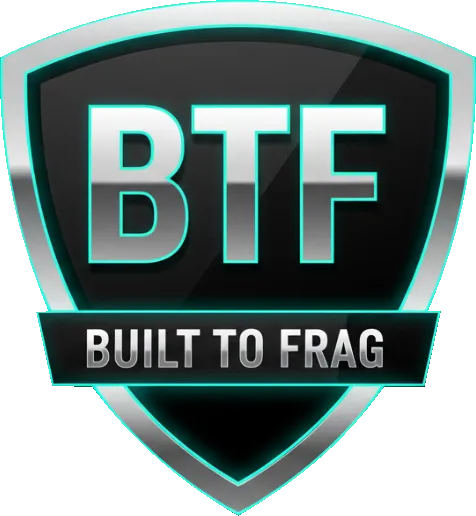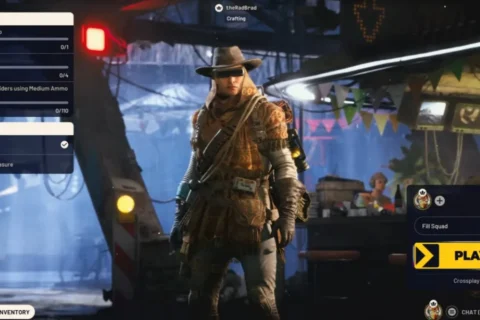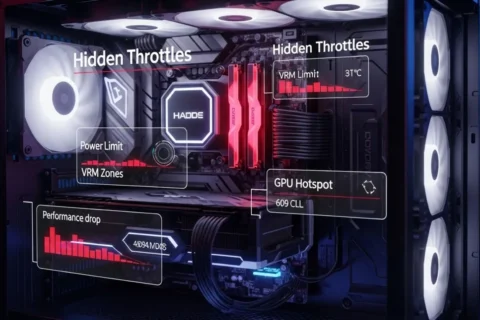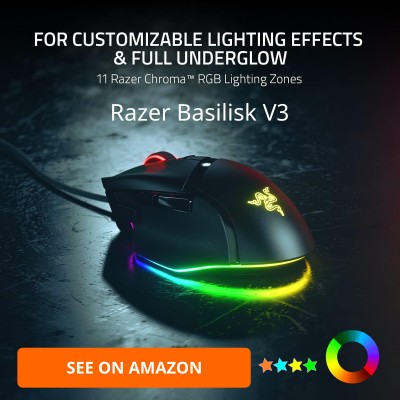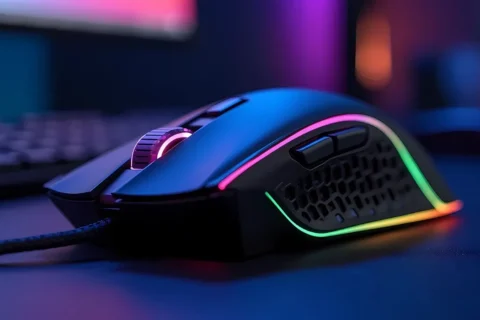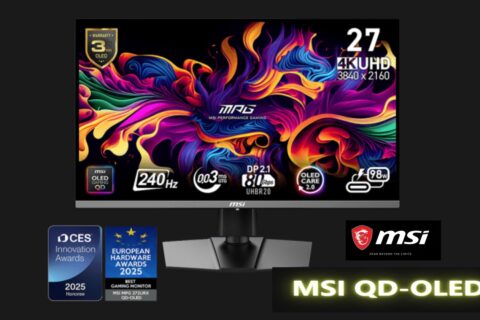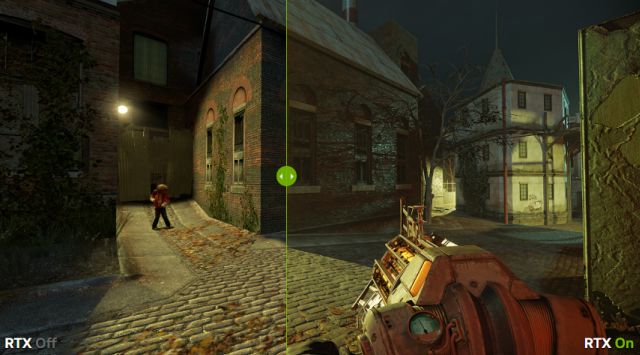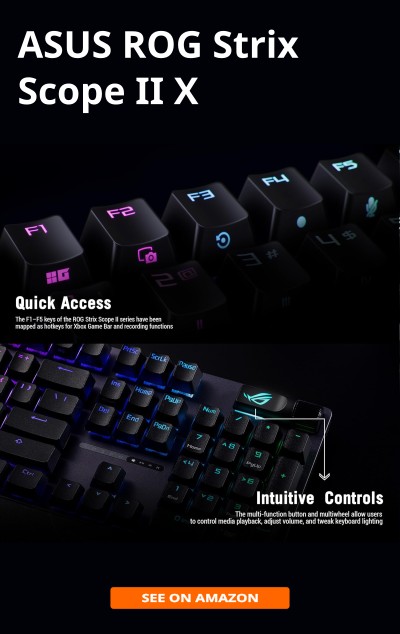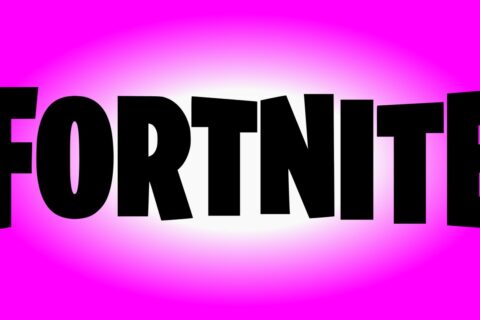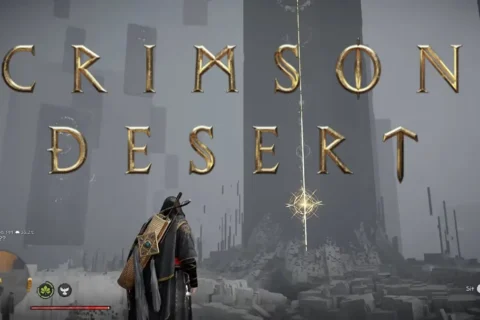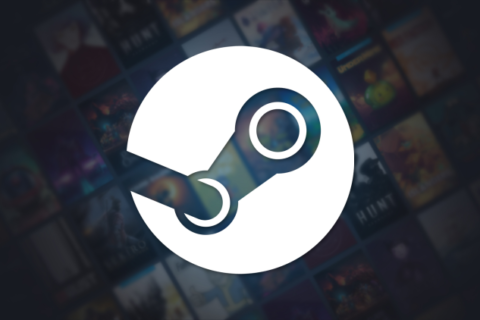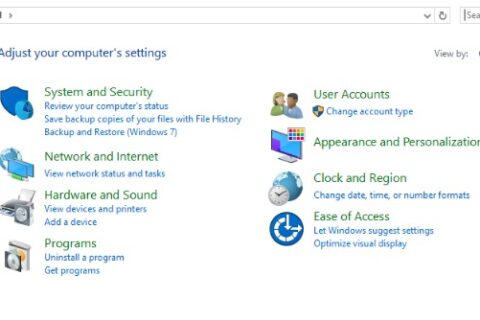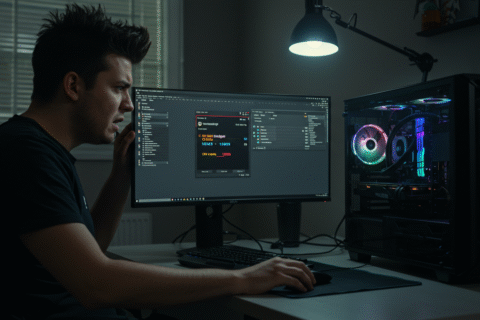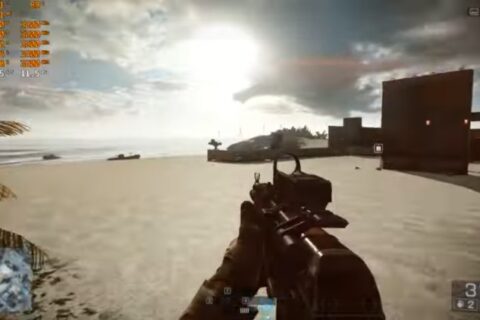What Is Ray Tracing in Games, Really?
Ray tracing is a rendering technique that simulates how light behaves in the real world. Instead of “faking it” like rasterization does, it traces rays from a light source, bouncing them off surfaces until they hit your virtual eyeballs.
Think of rasterization as painting with light, while ray tracing is like photographing a mini set with real shadows and mirrors. The result? More accurate reflections, softer shadows, and lighting that actually behaves like… well, lighting.
It’s used in everything from Cyberpunk 2077 to Minecraft RTX — yes, even blocky games love pretty light.
Ray Tracing vs Rasterization (And Why You’ve Never Noticed the Difference)

If you want to know which cards actually make sense for ray tracing at 1080p or 1440p, here’s the shortlist.
How Ray Tracing Works (Without Melting Your Brain)
Here’s the simple version: light rays bounce. They reflect, refract, scatter, and cast shadows. Traditional games fake that with baked lighting and static shadows. Ray tracing calculates it in real time. The result is dynamic lighting that changes as the scene does, no tricks, just physics.
Games like Control and Metro Exodus use ray traced global illumination and reflections to amplify immersion. It’s like flipping from flat to fully 3D lighting. But your GPU will feel every bounce of those rays. And if you plan to build a PC that will truly make good use of ray tracing, check out this guide to a good mid range PC.
The Performance Tax, Ray Tracing Isn’t Free

Let’s get one thing straight: ray tracing looks cool, but it eats frames for breakfast. Unless you’re rocking something like the RTX 4080 or the upcoming RTX 5070 Ti Super, don’t expect to max it out without tanking your FPS.
The heat and power draw increase dramatically. Even with DLSS or FSR, you’re trading performance for prettiness. And on AMD cards like the RX 9060 XT, ray tracing still lags behind Nvidia’s implementation.
Console Ray Tracing, Mostly Marketing?

Ray tracing or not, smooth performance starts with good upkeep. Our optimization guide shows you how to get there.
Best Ray Traced Games in 2025 (That Aren’t Just Benchmarks)
- Cyberpunk 2077: The gold standard for full-suite ray tracing, especially in Night City at night.
- Minecraft RTX: A literal glow up, blocky never looked so beautiful.
- Control: Incredible lighting, shadows, and reflective surfaces all over the place.
- Metro Exodus Enhanced Edition: Path traced lighting brings the world to life.
- Portal RTX: A tech demo disguised as nostalgia, it’s brutal on your GPU.
Mods, DLSS, and Tricks to Fake It Till You Make It
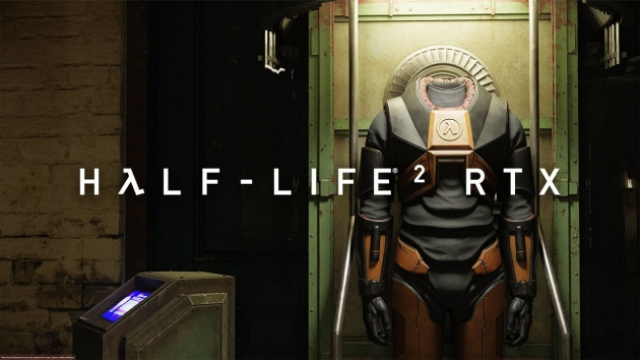
Want ray tracing without the meltdown? DLSS 3 is your best friend. It fakes extra frames using AI, making high-end visuals playable on mid-tier cards.
There are also ray tracing mods for classic games like DOOM and Quake II. But they’re often just showcases, not something you’ll actually play long term.
Need to dial it in? Use MSI Afterburner to monitor temps and tweak performance without frying your rig.
Is Ray Tracing Worth It in 2025?
Depends on the game. In some, ray tracing adds real mood, immersion, and realism. In others, it’s a glorified mirror that tanks performance for no reason. Upgrading just for ray tracing is fine, but don’t let determination blind you to the basics. We’ve rounded up the most common GPU upgrade mistakes people make when chasing next-gen visuals.
If you’re chasing screenshots or cinematic vibes, go for it. If you’re in competitive multiplayer or just want smooth frames, skip it.
Ray tracing is evolving, and someday it’ll be standard. But in 2025, it’s still a luxury feature, not a must-have. In fact, our 2025 ultra-budget build proves you’re better off spending money on raw performance instead of chasing ray tracing. If ray tracing makes your FPS crumble without scary temps, Your Temps Are Lying, The Hidden Throttles Killing FPS walks through how heavy RT loads trip hotspot, VRM, and power limits.
Don’t Fall for the Glow
Ray tracing is impressive, sure. But it’s not magic. It’s just better lighting, with a brutal cost to performance. Learn when to use it, what games deserve it, and don’t get sucked into the hype train.
And hey, if your GPU explodes, at least your shadows looked awesome.
What’s the best ray traced game you’ve played? Drop your answer in the comments or tag @BuiltToFrag with your RTX-powered screenshots. We want to see your rig flex or melt.
Want more technical detail? Check out NVIDIA’s official ray tracing explainer or Digital Foundry’s benchmarks and comparisons.
